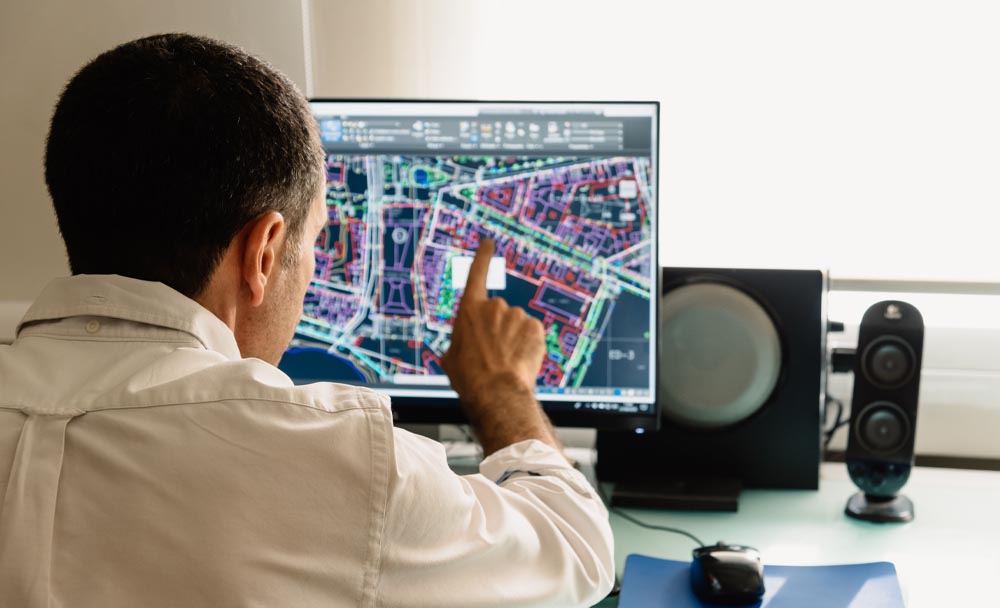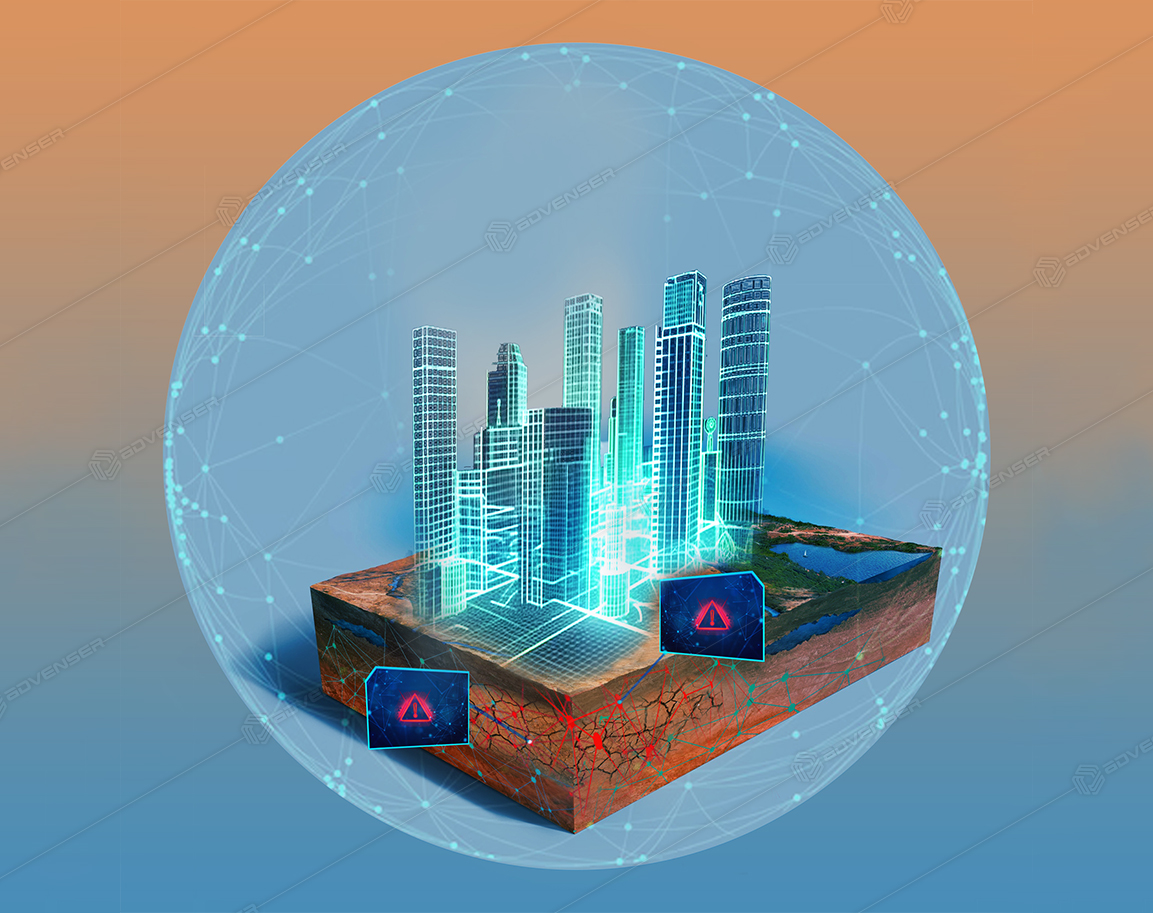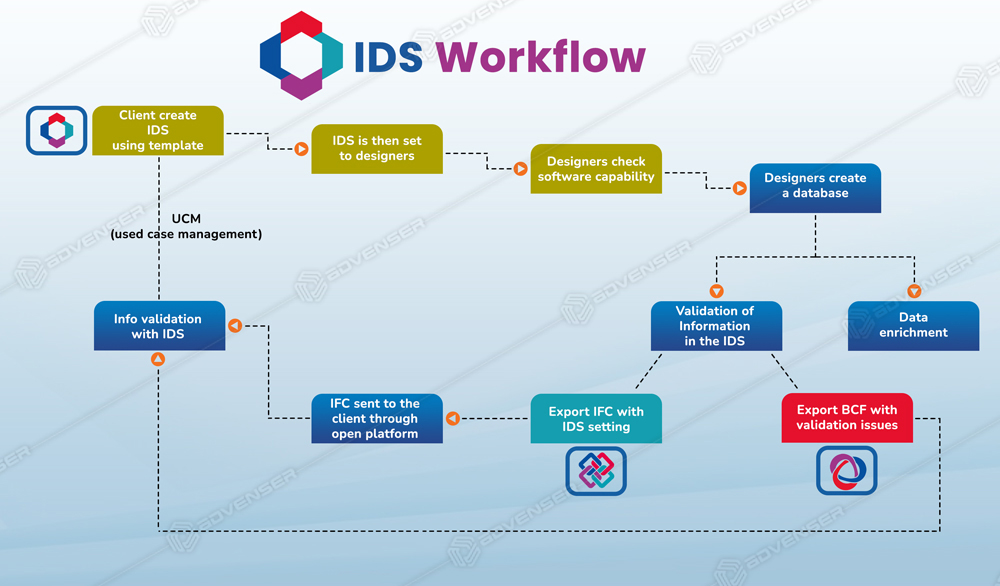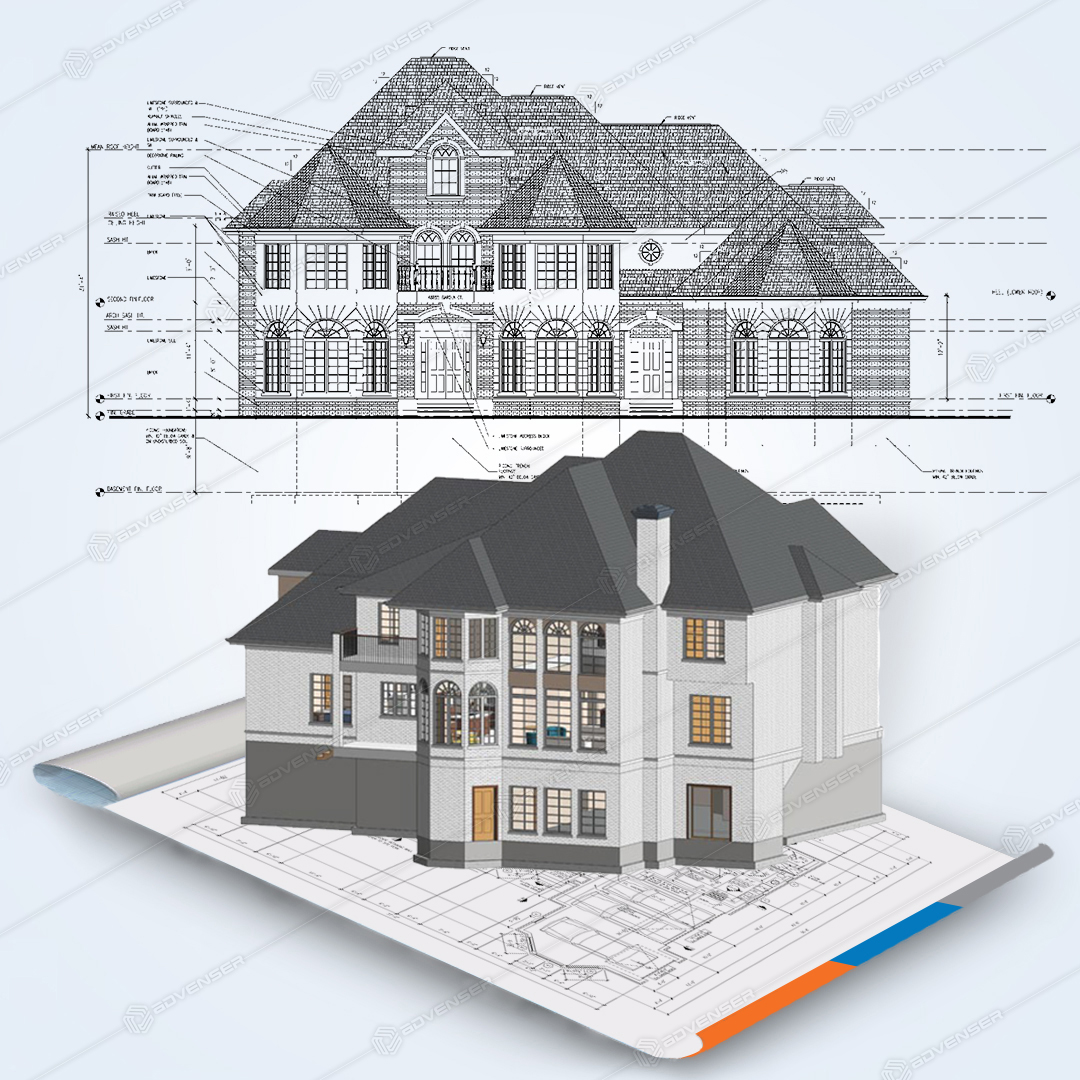Although the range and scope of construction technology extend far into the future, Building Information Modeling (BIM) is one of the few solutions that are genuinely at the forefront of the industry’s digitization since its inception. A transformative resource, BIM services bring a total transformation to any construction project by assisting it in moving from the mere design phase to virtual reality.
Before the pandemic, only around half of all construction companies were using BIM. But post the pandemic as it became difficult to recruit trained workers leading to an increase in rework, stretching the budgets of numerous construction companies BIM became the game-changer by helping the AEC industry to move beyond these challenges. Engineers, architects, and project managers today leverage BIM as construction-specific software to develop and design sophisticated buildings. According to Alliance Market Research, the use of BIM Modeling Services in the United States is predicted to expand at a rate of 21.6 percent each year from 2016 to 2022.
Even though BIM has already made its mark in the construction industry with a number of features, more is on the way. Here are some BIM trends and updates to keep track of for 2022 and beyond.

1. Improving Sustainability and Energy Efficiency
As the UK strives to achieve net-zero emissions by 2050, energy efficiency in construction has never been more crucial. Because of its potential to assist contractors to visualize a construction project over its entire life cycle, BIM extends a realistic way of calculating energy usage in the construction industry. The BIM models have the ability to provide real-world details that allow engineers to assess water, energy, and CO2 emissions. This helps to cut down project waste in terms of time, labor, and resources and improve sustainability during the building’s entire existence.
2. Cloud Computing and BIM
Cloud computing is another critical trend to watch for BIM. Leveraging cloud technology in construction projects makes it easier for teams to collaborate and work together in real-time. Architects, designers, and engineers; having access to the same data from different places; can contribute to the model’s development and receive regular updates on the project’s progress. As a result, cloud computing in BIM enables quick reporting, saving a lot of time and effort, at the same time lowering project costs in terms of total cooperation and communication.
3. Digital Twins
One of the most anticipated BIM trends for the upcoming years is facilitated by the advancement of FM software that allows for the administration of Digital Twins. A hyper-accurate virtual representation created to accurately reflect a physical object, digital twins leverage real-time sensors embedded in the physical object to map out critical areas of operation, resulting in data regarding the device’s performance. When it comes to construction projects, employing digital twin technology can drastically reduce costs and save time by conducting numerous procedures on the virtual object. This will ensure that the construction is as accurate as possible, resulting in fewer mistakes.
4. Preventing Sick Building Syndrome
The immediate future of BIM is linked to effective management of Sick Building Syndrome (SBS), which identifies the
environment of the building where residents have been living for a long time and are suffering from unprecedented health problems like dizziness and constant fatigue. Through BIM, the atmosphere and surroundings of the building are assessed for natural light, airflow, and ventilation. Evaluating the result of the ecosystem in the construction area, professionals can then recognize such conditions beforehand to eliminate all dangers associated with health while constructing healthy structures with BIM.
5. BIM as a Central Accelerator
The emerging role of BIM as a central accelerator in construction projects will largely depend on its integration and interoperability with other strands of technologies that feed into BIM. Enhanced interoperability in BIM with advanced technologies like AI, ML, VR, and IoT will help to execute jobs or processes independently and efficiently without errors, allowing for faster usage of BIM across big-budget, control-essential construction projects.








